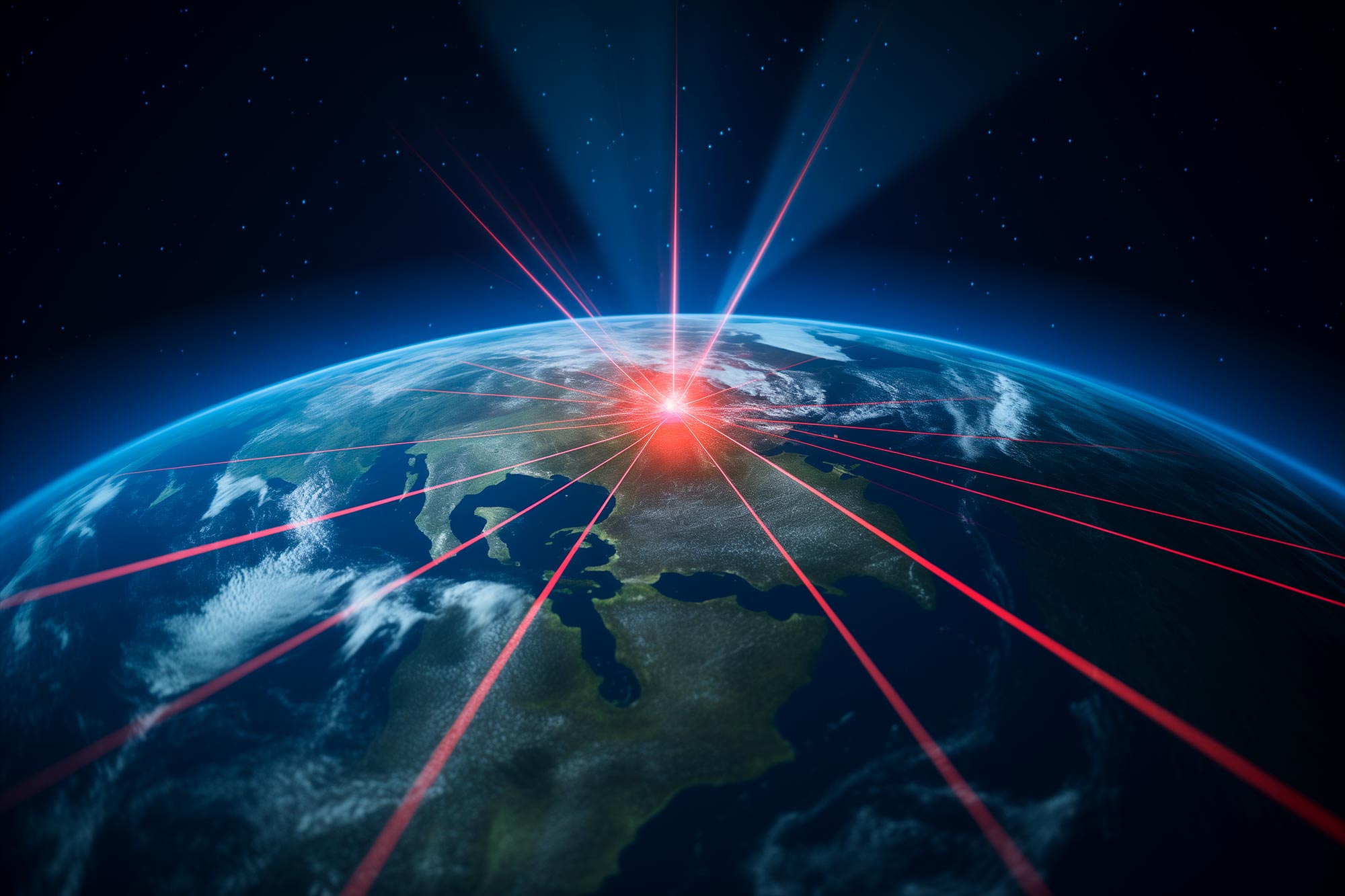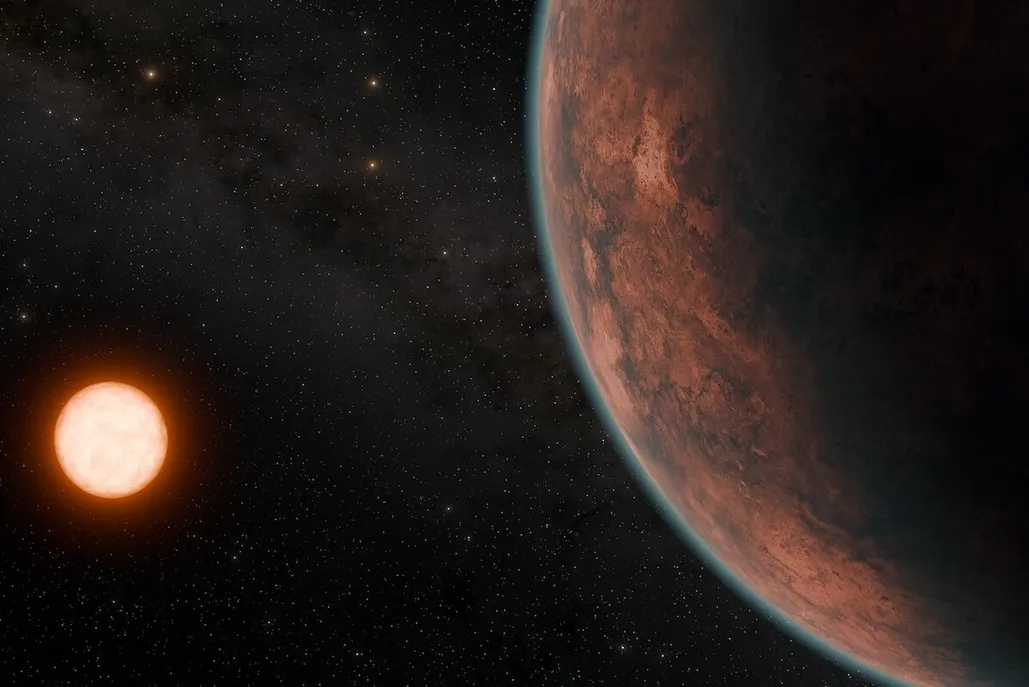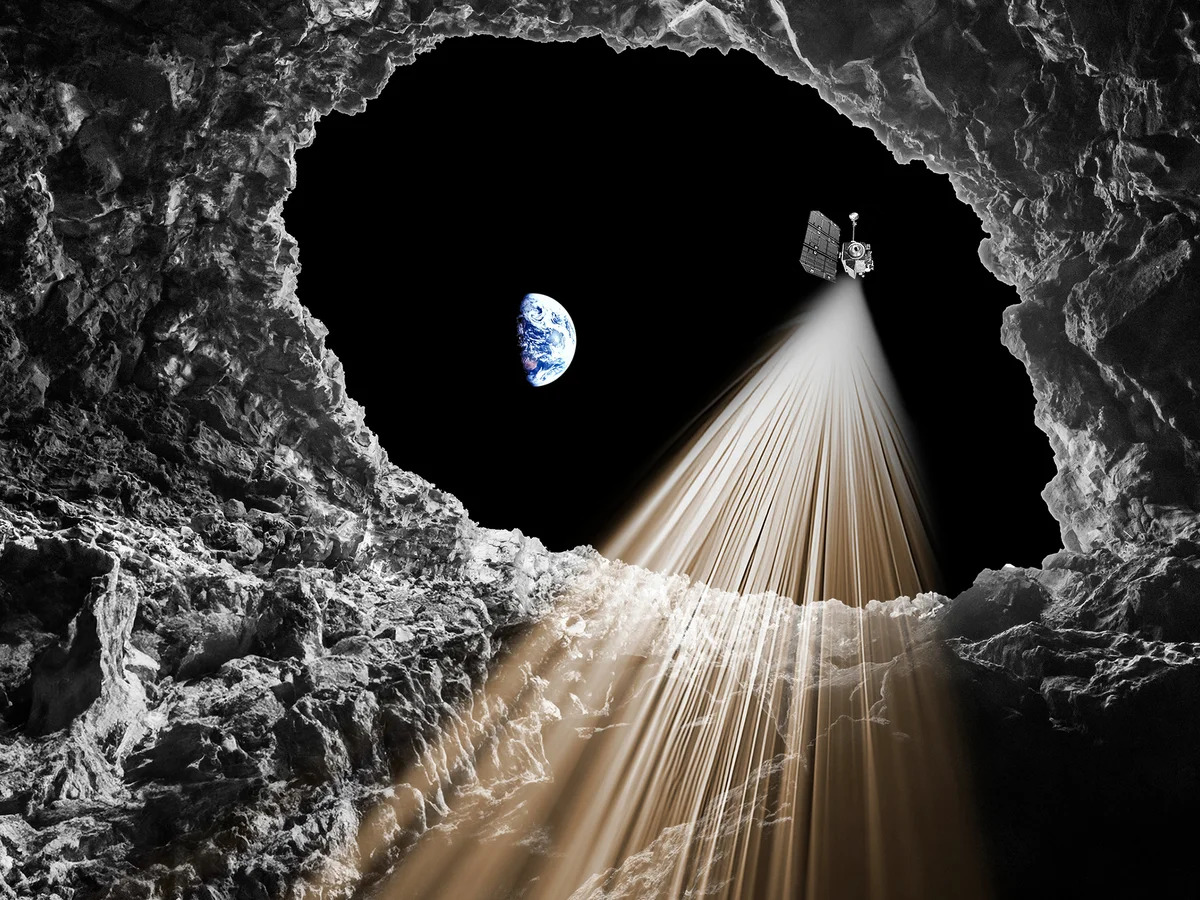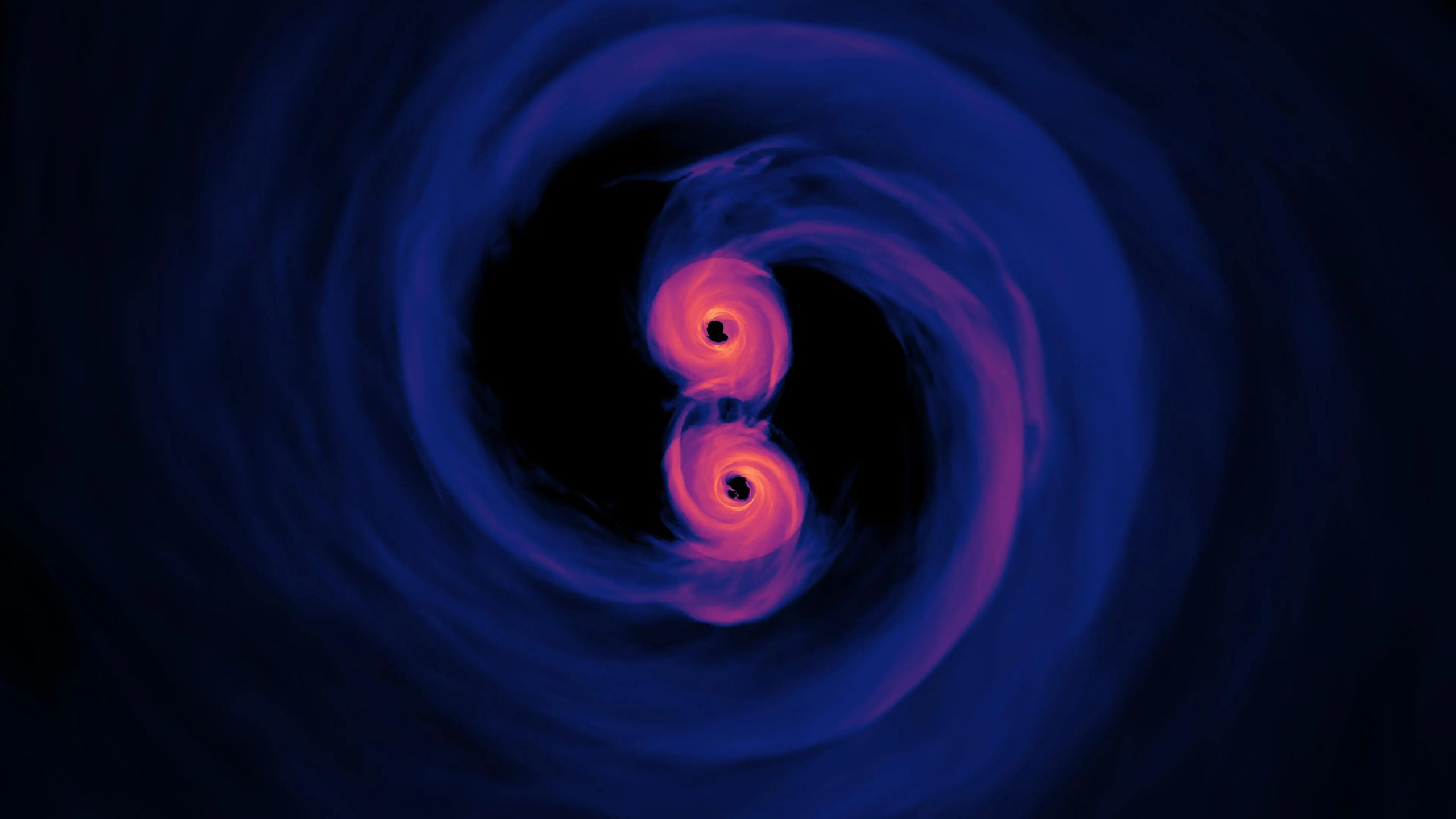Astronomers detected the most distant oxygen ever recorded—emitted just 500 million years after the Big Bang.
Key Takeaways:
- Scientists confirmed that the first stars formed when the universe was less than 2% of its current age.
- The discovery of ancient oxygen suggests that stars ignited just 250 million years after the Big Bang.
- Using ALMA, researchers detected ionized oxygen in galaxy MACS1149-JD1 from 13.3 billion years ago.
- This breakthrough helps pinpoint the era of ‘cosmic dawn,’ when the first galaxies emerged from darkness.
- Understanding the birth of starlight brings us closer to tracing our cosmic origins.
___________
Scientists have taken a major step in understanding the early universe by detecting the most distant oxygen ever recorded. An international team of astronomers used the Atacama Large Millimeter/submillimeter Array (ALMA) in Chile to observe MACS1149-JD1, a galaxy located 13.3 billion light-years away. Their findings, published in Nature, suggest that the first stars began forming when the universe was less than 2% of its current age—just 250 million years after the Big Bang.
A Window into Cosmic Dawn
Before the first stars ignited, the universe was a dark and featureless place, composed mostly of hydrogen, helium, and traces of lithium. Heavier elements like carbon and oxygen had not yet formed, as they are created within stars. The presence of ionized oxygen in MACS1149-JD1 provides clear evidence that stars were already burning by 500 million years after the Big Bang.
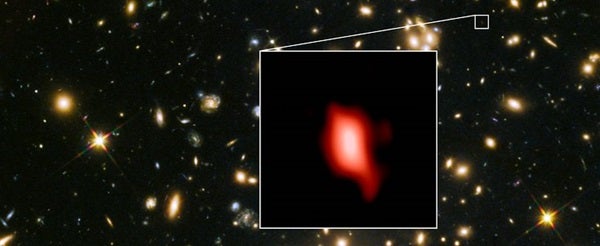
Lead researcher Takuya Hashimoto of Osaka Sangyo University expressed excitement over this discovery, noting that it pushes the boundaries of what we can observe. Co-author Richard Ellis of University College London described determining the timing of ‘cosmic dawn’—the transition from darkness to starlight—as a key goal in cosmology. These new observations bring us closer to directly witnessing the birth of the first galaxies.
Unlocking Our Cosmic Origins
The ability to study such an ancient galaxy provides crucial insights into how the universe evolved from a hot, dense state to the rich and complex cosmos we see today. Since all elements essential for life were forged in these first stars, tracing their formation is, in a sense, tracing our own origins. With advancements in telescopes like ALMA and the upcoming James Webb Space Telescope, scientists hope to peer even further back in time, uncovering the very first moments of starlight.

